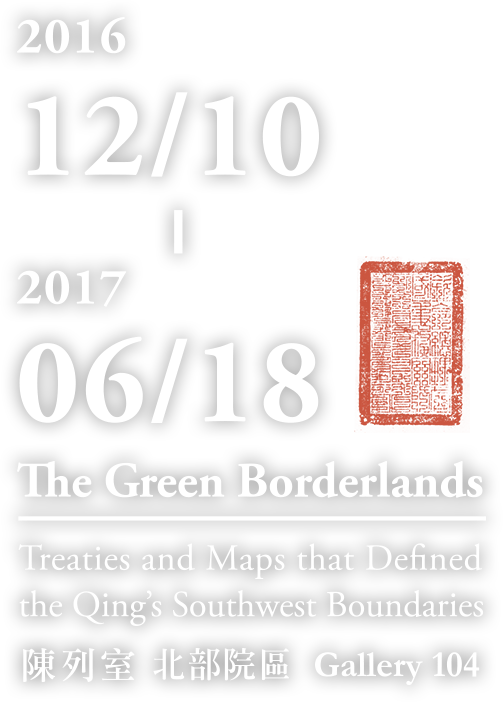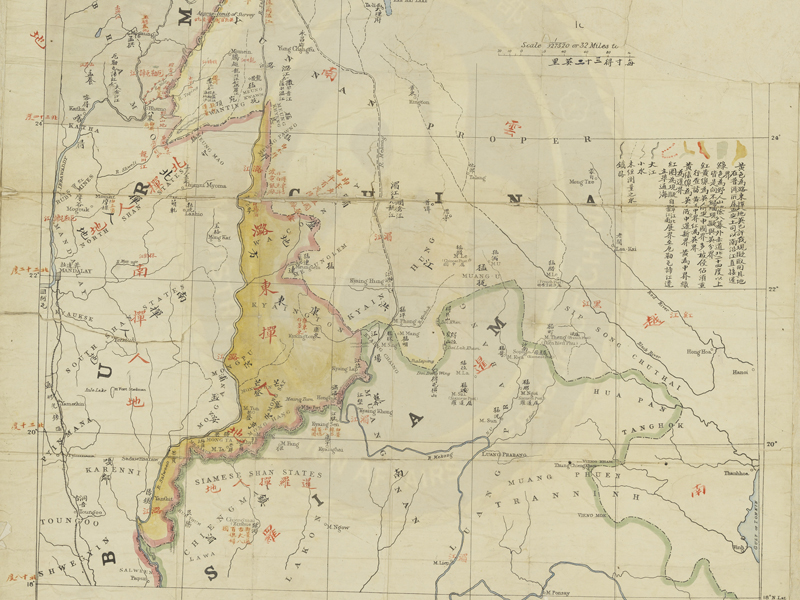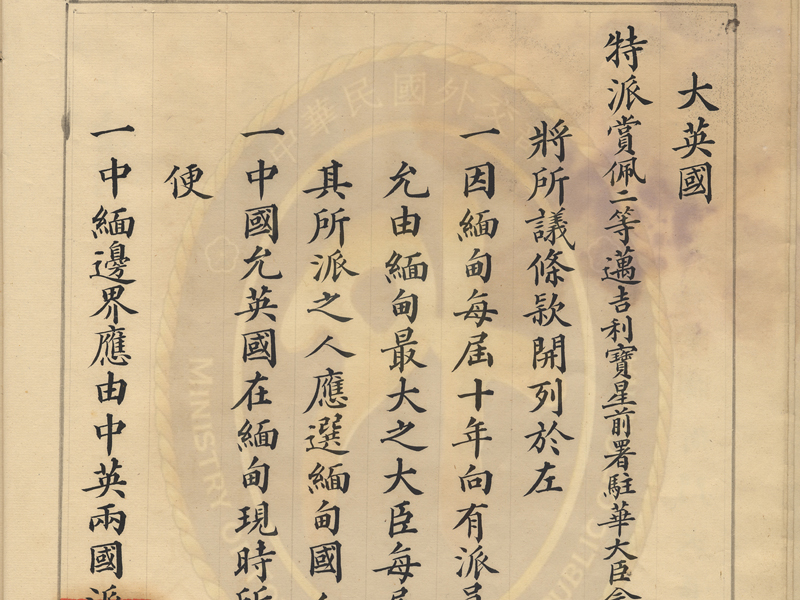- Signed on the 23rd day of the 6th month in the 12th year of the Guangxu reign, Qing dynasty (July 24, 1866), in Beijing
- 33 x 20.5 cm
Following the Sino-French War, Great Britain sought to stem France's expanding influence at China's southwest borders, and in 1885, the 11th year of China's Guangxu reign, sent troops to Burma and captured King Thibaw Min (1859-1916), on the pretext that the Burmese king had punished a British company for underreporting logging activity. On New Year's Day of the following year, Great Britain notified the Qing court and announced its annexation of Burma to British India. On the 23rd day of the 6th month in the 12th year of the Guangxu reign (July 24, 1886), the Convention Relative to Burma and Thibet between China and Great Britain was signed in Beijing by President Yikuang (1838-1917) of the Zongli Yamen (late Qing's Ministry of Foreign Affairs), and Nicholas Roderick O'Conor (1843–1908), former British Chargé d'Affaires in China. The Convention consists of five articles, including the following four: (1) Inasmuch as it had been the practice of Burma to send decennial Missions to present articles of local produce, England agrees that the highest authority in Burma shall send the customary decennial Missions, the members of the Mission to be of Burmese race; (2) China agrees that in all matters whatsoever appertaining to the authority and rule which England is now exercising in Burma, England shall be free to do whatever she deems fit and proper; (3) The frontier between Burma and China to be marked by a Delimitation Commission, and the conditions of frontier trade to be settled by a frontier trade Convention, both countries agreeing to protect and encourage trade between China and Burma; and (4) Inasmuch as inquiry into the circumstances by the Chinese Government has shown the existence of many obstacles to the Mission to Thibet …, England consents to countermand the Mission forthwith. With regard to the desire of the British Government to consider arrangements for frontier trade between India and Thibet, it will be the duty of the Chinese Government, after careful inquiry into the circumstances, to adopt measures to exhort and encourage the people with a view to the promotion and development of trade. Should it be practicable, the Chinese Government shall then proceed carefully to consider trade regulations; but if insuperable obstacles shall be found to exist, the British Government will not press the matter unduly. The fourth article, in particular, makes opening frontier trade between Tibet and India a principle. Thus, Burma fell entirely to British rule, and the Qing court claimed suzerainty over Burma in name only.



